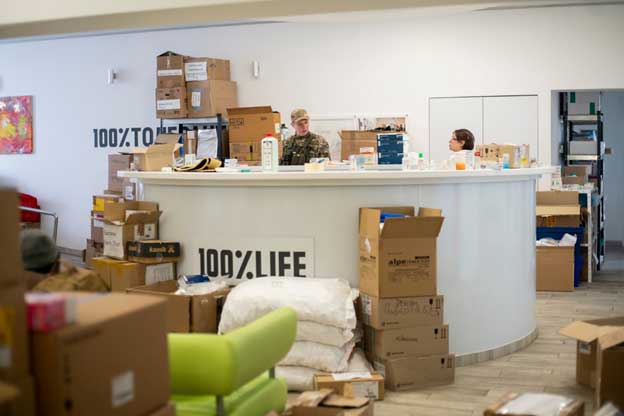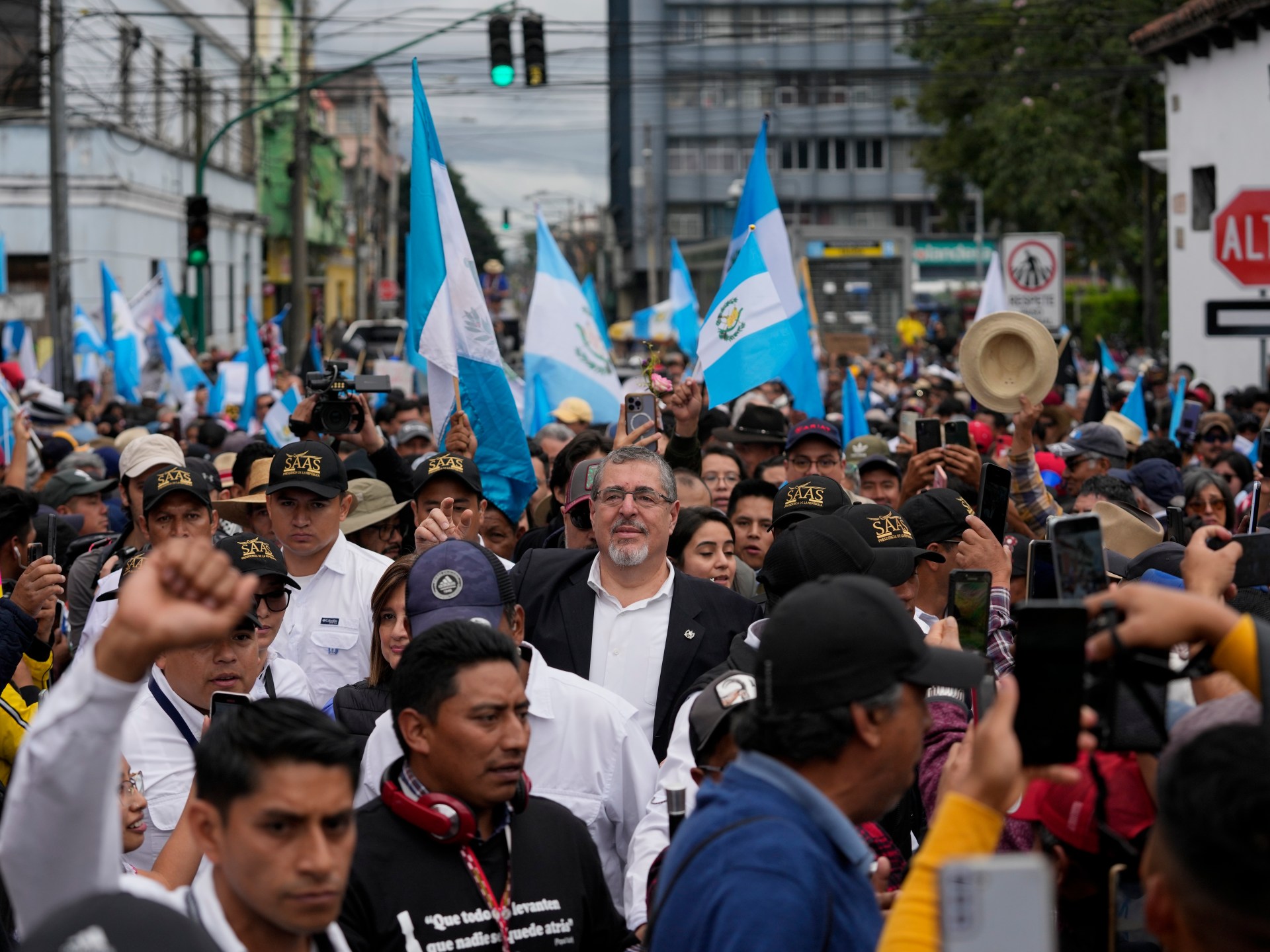A Bigger and More Relevant Role for Youth Within the UN System
So far, initiatives have been fragmented with each agency and programs doing a bit on its own, mostly through symbolic and tokenistic ways.
Dr. Felipe Paullier of Uruguay, the recently appointed first Assistant Secretary-General for Youth Affairs, instead, has an opportunity to significantly change this current situation.
He could start from reviewing the role and functions of some existing mechanisms, proposing ways to strengthen them, bringing coherence, stopping overlapping and inefficiencies, revamping the way the UN works and making it more youth-centric as one of his major goals.
Then, there is another area where the Assistant Secretary-General can make a difference: ensure that youths have a role and voice on the table when we talk about localizing the SDGs.
This is a domain that could truly bring transformative changes in the way governments, at local and central level, works. Potentially this is where youths can take a role in how decisions are made.
The ECOSOC Youth Forum
Reflecting on the role and functions of the Economic and Social Council Youth Forum could help this brainstorming.
One key question that must be addressed relates to the links between a future Townhall mechanism and the reinforcement and strengthening of the Forum. The potential of the Forum is also highlighted in the Policy Brief and surely there is wide scope to strengthen it.
Certainly, the Forum could definitely be made more fit for its purpose as it only meets for few days every year and is just a consultation exercise without real power. Can it be turned into something truly permanent, a sort of parliament of youths with his own secretariat?
Besides trying to reform the UN governance system and making it more youth centric, Mr. Paullier should focus on effective mainstreaming of meaningful youth engagement and youth centered activities throughout each UN entity.
That’s why it is really indispensable assessing what each agency, program and department of the UN have been doing with and for youth.
What about IANYD?
On this part, a conundrum will be deciding on what to do with United Nations Inter-Agency Network on Youth Development (IANYD) that supposedly facilitates youth centered cooperation on youths.
Does it make sense to maintain this mechanism? How effective has been so far? Which major outcomes were brought and joint initiatives forged and facilitated by the IANYD?
Dr Paullier could initiate some consultation on the future the Network, possibly through an open process that would engage youths based civil society across the world. At minimum, the UN Youth Office should be leading this group that could be turned into a forum and knowledge creator on all matters related to young people.
It will also be interesting how he will work with The Major Group for Children and Youth or MGCY. This is a mechanism that supposedly acts as “a bridge between young people and the UN system”.
It has an extremely complex governance that lacks visibility and its levels of openness and inclusiveness should be analyzed. Related to this, Dr. Paullier should engage Children and Youth International, the legal entity behind the MGCY, towards a possible process of reform and organizational development.
A Global Board of Advisors that trickles down
I have no doubt that the new Assistant Secretary-General will prioritize the creation of a global board of advisors. This is a great idea but such mechanism should have linkages or spilled over effects and real implications on the ways the UN works with youths locally around the world.
The focus should be especially on how youths can interact and engage with the Resident Coordinators and all agencies and programs at country level.
The bottom line is that the value of any future work of the UN Youth Office is going to be judged in terms of how much transformational is going to be in changing the working paradigms of the UN around the world.
The new UN Youth Office can make the UN at local level more inclusive, open, accessible by enabling youths to have a role to play locally. That’s why it is going to be paramount to closely engage the offices of UN Resident Coordinators that should be asked to better share their best practices and new ideas and proposals to have local youths’ voice heard and visible.
Multilevel governance and localizing the SDGs
Ultimately the agenda of localizing the SDGs could be the gamechanger for meaningful youth participation. It offers the best pathway to ensure real youth engagement all over the world.
As far now the process of localizing the SDGS greatly highlighted the role of local governments, from cities to regional administrations.
There is no doubt that cities and regional bodies must have a much stronger saying, a voice on the table when discussions on implementing the goals happen. It is also unquestionable that having a saying also implies much more resources.
Yet, truly and effective localization won’t happen only with more budget allocation from the central governments and a better recognition of local governments.
That’s why all the talks about “multilevel” governance that has been proposed, though still in vague terms, require a clear blueprint on how youths must be enabled to be part of the policy formulation process.
Involving them in the NVRs and LVRs, the former used by central government and the latter by local governments, including municipalities, to report on their progress towards the SDGs is not enough.
These two reporting mechanisms should become planning exercise to whom youths have not only easy access to but they are welcome to participate in. That’s why we need to make the discussions on multilevel governance tangible and concrete.
Clear proposals, in collaborations with United Cities and Local Governments or UCLG and the Global Taskforce of Local and Regional Governments, must be tabled on forecasting how such multilevel governance can unfold in practice by involving and engaging youths.
It is really about re-imagining the way local governments work and youth should not only be part of the discussions. This is also one of the recommendations of the latest progress report on implementing the UN Youth Strategy that was published over the summer.
Any new template to make cities and local governments more effective and efficient policy making engines, must necessarily involve the citizens. It could start from finding new venues to bring on board the youth.
The fact that, the Mayor of Montevideo, Carolina Cosse has tons of influence in the UCLG (after all, she is its outgoing President) could help, considering that Dr. Paullier had several high-level positions in the government of the capital of Uruguay.
Conclusions
There is no doubt that there is a lot on the plate of Dr. Paullier. Not all the proposals made in this piece can be made easily actionable.
Mr. Guterres and the Ms. Amina J. Mohammed, the Deputy Secretary General, should become his most important allies. It will take time to build alliances but, one year from now, there will a unique opportunity: the Summit of the Future.
There it is where the new Assistant Secretary-General will have to make his case for truly radical reforms to meaningfully engage and involve youths. This should happen, not only within the UN level and other international institutions like multilateral banks but also within local and national governments.
Re-booting the governance systems around the world, making youth centric, is going to be one of the most consequential challenges we must tackle. That’s why the work of Dr. Paullier and his office could really be transformational.
This is the second and final piece on a series of op-ed essays focused on the recent appointment of Dr. Felipe Paullier of Uruguay as the first Assistant Secretary-General for Youth Affairs. The series offers some ideas and advice on how this new position within the UN System can truly be transformative.
Simone Galimberti, based in Kathmandu, is the Co-Founder of ENGAGE and The Good Leadership. He writes about reforming the UN, the role of youth, volunteerism, regional integration and human rights in the Asia Pacific region.
IPS UN Bureau
Follow @IPSNewsUNBureau
Follow IPS News UN Bureau on Instagram
© Inter Press Service (2023) — All Rights ReservedOriginal source: Inter Press Service
Check out our Latest News and Follow us at Facebook
Original Source






